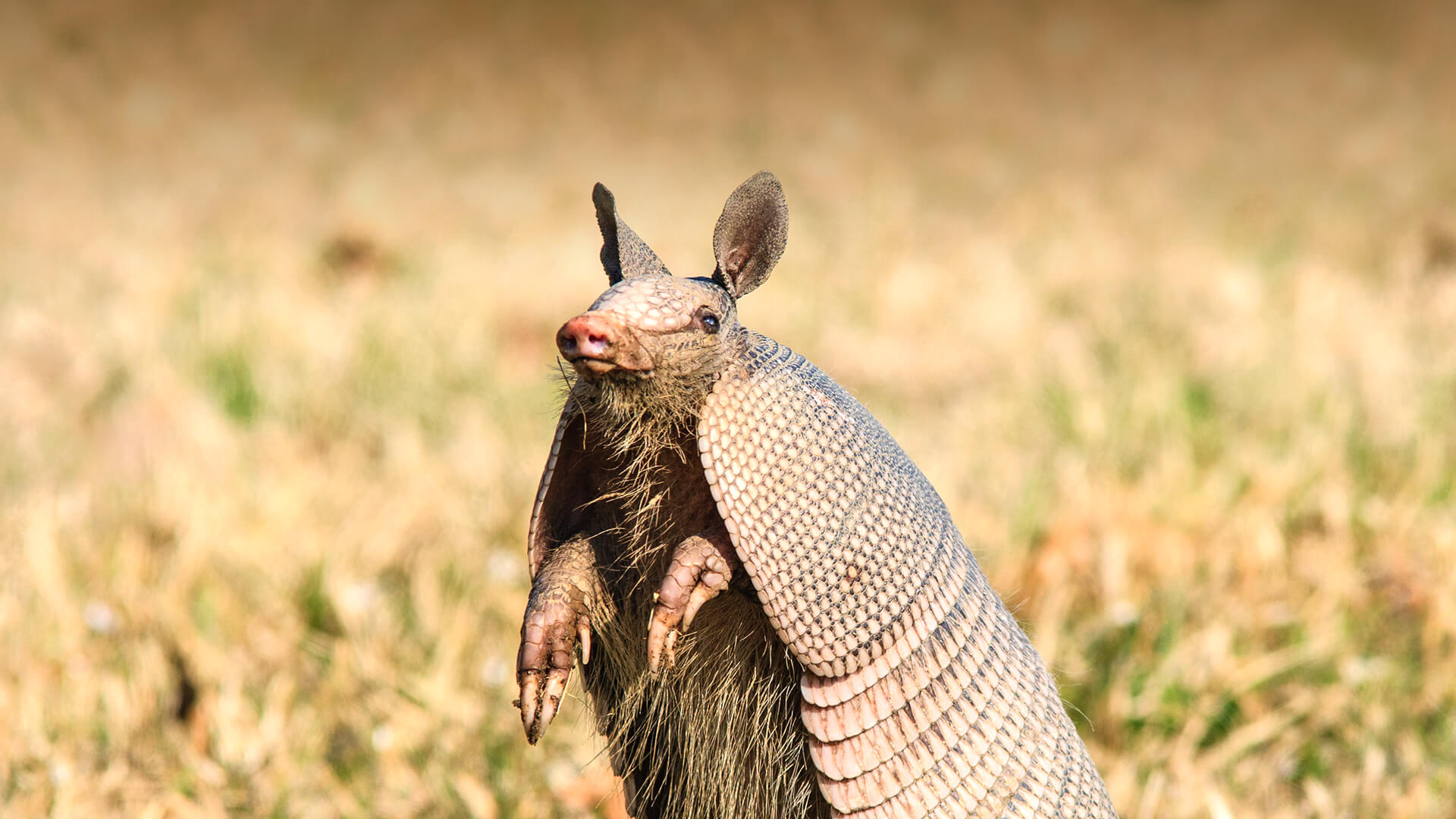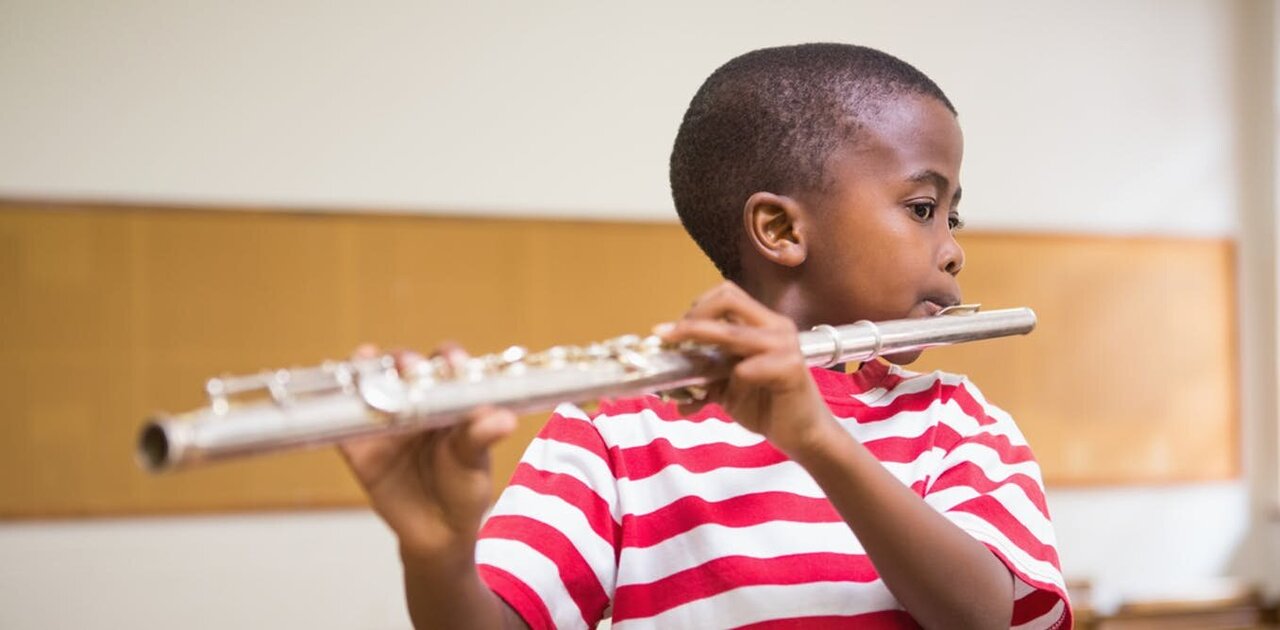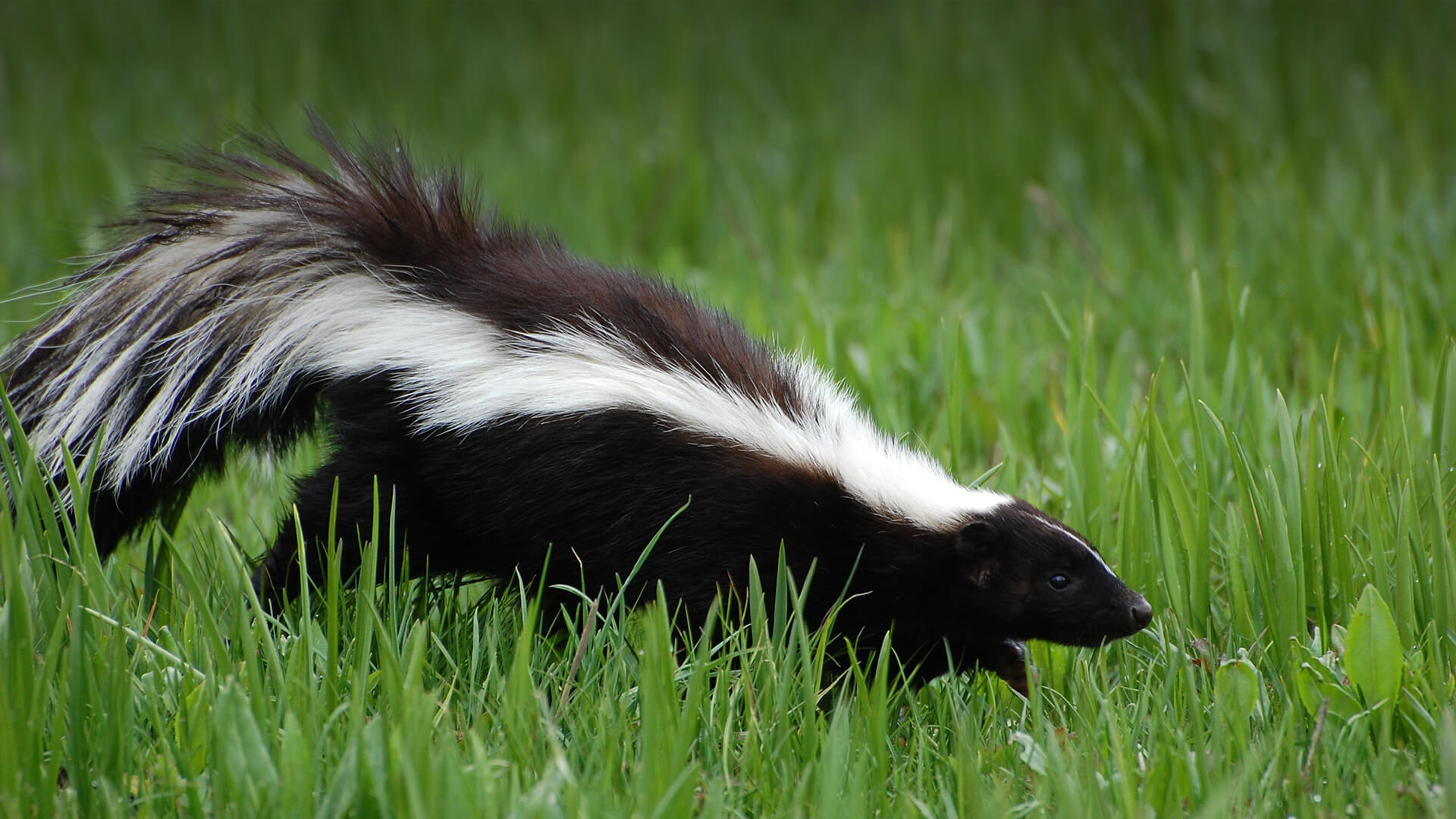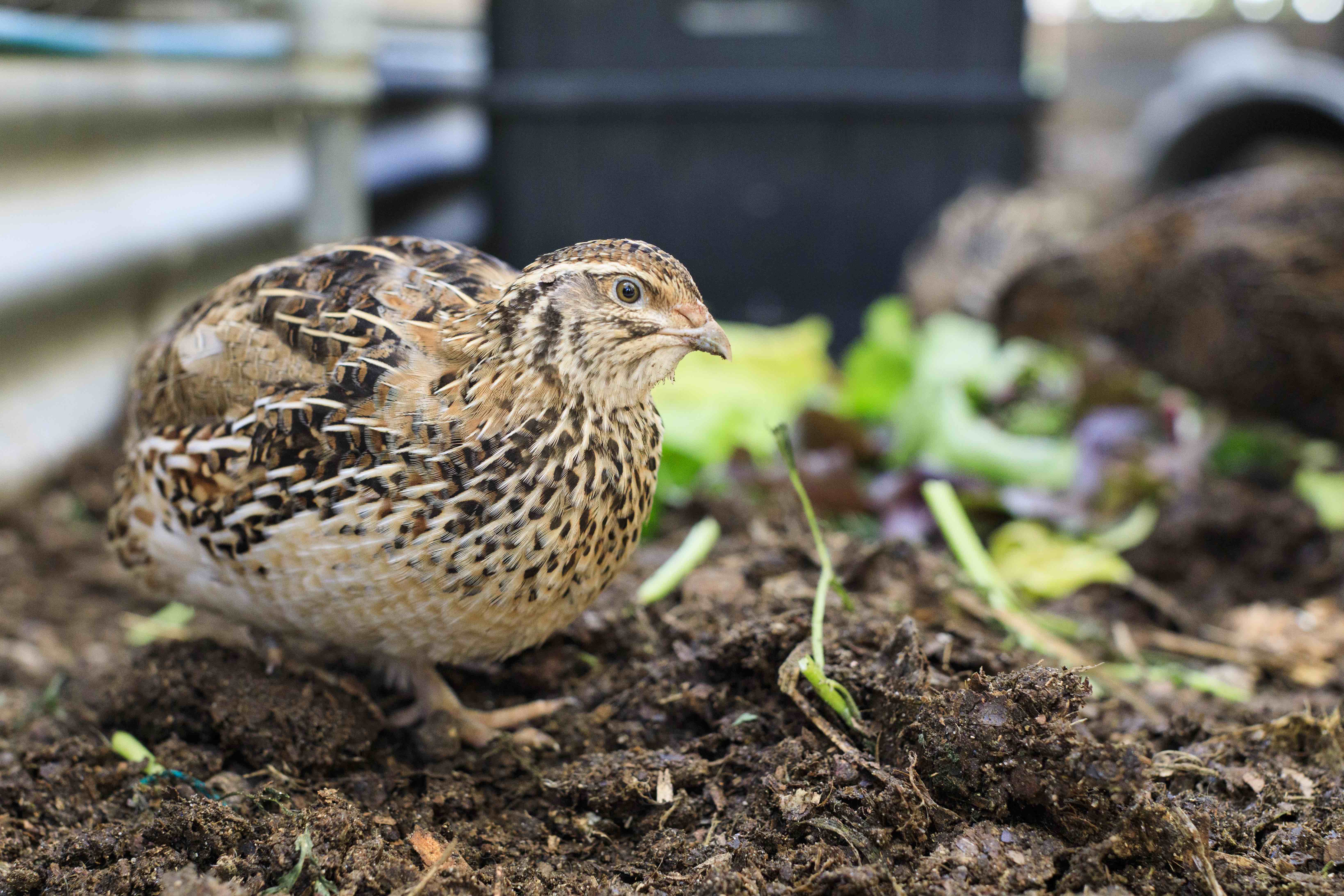Home>Production & Technology>Sound>What Do Termites Sound Like In Walls


Sound
What Do Termites Sound Like In Walls
Published: December 19, 2023
Curious about what termites sound like in walls? Discover the unique sounds termites make and learn how to identify termite infestations through sound cues.
(Many of the links in this article redirect to a specific reviewed product. Your purchase of these products through affiliate links helps to generate commission for AudioLover.com, at no extra cost. Learn more)
Table of Contents
Introduction
Termites are one of the most destructive pests that can invade a home. These tiny insects can cause significant damage to the structure of a building, including walls. While termite infestations can remain hidden for a long time, there are some signs that homeowners can look out for. One such sign is the presence of sounds coming from the walls.
Understanding what termites sound like in walls can help homeowners identify the problem early on and take necessary measures to mitigate the damage. In this article, we will explore the world of termites, their behavior, and the specific sounds they produce.
Termites are small, social insects that live in colonies. They are commonly known for their insatiable appetite for wood, which is why they pose a significant threat to homes and other wooden structures. These pests feed on cellulose, a complex carbohydrate found in plants, including wood.
Termite colonies consist of different castes, including workers, soldiers, and reproductive termites. Workers are responsible for gathering food and building and maintaining the nest, while soldiers protect the colony from threats. Reproductive termites are responsible for creating new colonies.
Termites are known for their destructive feeding habits. They tunnel through wood, often creating galleries and extensive networks within the walls of a building. This tunneling activity weakens the structure and can cause severe damage over time if not addressed.
One of the signs of a termite infestation is the presence of audible sounds coming from within the walls. These sounds are a result of the termites’ feeding and tunneling activities. By understanding what these sounds mean and how to differentiate them from other pests, homeowners can identify a termite problem and seek professional assistance as soon as possible.
Understanding Termites
Before we dive into the sounds that termites make in walls, let’s first gain a better understanding of these tiny yet destructive pests. Termites belong to the insect order Isoptera and are often mistaken for ants due to their size and social behavior. However, termites are quite different from ants in terms of their biology, habits, and the damage they cause.
Termites are eusocial insects, meaning they live in large colonies with distinct castes and division of labor. The hierarchy within a termite colony consists of workers, soldiers, and reproductive termites. The workers are the most numerous caste and carry out tasks such as foraging for food, building and repairing the nest, and caring for the young.
Soldiers, as the name suggests, are responsible for defending the colony against any potential threats. They have specialized features, such as large mandibles or heads, which they use to fend off attackers. Reproductive termites, also known as alates or swarmers, have wings and are responsible for reproducing and establishing new colonies.
Termites are social insects because of their complex communication systems. They communicate using pheromones, chemical signals that help them recognize colony members and maintain social order. Through chemical cues, termites can coordinate their activities, including foraging, nest building, and defense.
Termites are highly adaptable and can be found in a wide range of environments, from tropical rainforests to arid deserts. They are particularly attracted to sources of moisture and cellulose, the main component of wood and plant material. This is why termites can pose a significant threat to homes and buildings, where there is an abundance of wooden construction materials.
Understanding the biology and behavior of termites is crucial for effectively managing and preventing infestations. It also helps in identifying the signs of a termite problem, such as the sounds they produce within the walls of a structure. With this knowledge, homeowners can take prompt action to protect their property and seek professional assistance if needed.
Termite Behavior
To effectively address termite infestations and understand the sounds they produce in walls, it is essential to examine the behavior of these destructive pests. Termites have unique behaviors that contribute to their ability to cause extensive damage and remain hidden for long periods of time.
One key aspect of termite behavior is their preference for living in dark, hidden environments. Termites build elaborate underground nests, often connected to their food source, which can be a nearby tree or, in the case of home infestations, the wooden structure itself. This behavior allows termites to remain undetected for long periods, making it challenging for homeowners to identify an infestation until significant damage has already been done.
Termites are tiny and soft-bodied insects, making them susceptible to desiccation (drying out) if exposed to open air for extended periods. To mitigate this risk, termites construct mud tubes or shelter tubes, which provide protection and maintain a humid microenvironment. These mud tubes act as underground highways that connect the nest to food sources. When termites infest walls, they may build similar mud tubes to navigate and access wood within the structure.
Another important aspect of termite behavior is their feeding habits. As mentioned earlier, termites primarily feed on cellulose, which is abundant in wood, plant material, and other organic matter. Termites have specialized enzymes in their gut that allow them to break down cellulose, enabling them to obtain nourishment from the wooden components of a building.
Termite colonies exhibit a division of labor, with individual termites assigned specific tasks based on their caste. Worker termites are responsible for gathering food, caring for the young, and maintaining the nest. Soldiers defend the colony against potential threats, using their specialized features such as enlarged mandibles or chemical defenses.
Termite colonies are reproductive, meaning they produce swarmers or alates who leave the nest to mate and establish new colonies. The presence of swarmers, especially around light sources during certain times of the year, can indicate an active termite colony nearby.
By understanding termite behavior, homeowners can better anticipate where and how termites may infest their homes and the potential damage they can cause. This knowledge can also aid in differentiating termite sounds from those produced by other pests, helping homeowners identify and address the problem more effectively.
Termites in Walls
One of the most concerning places for termites to infest within a home is the walls. When termites invade the walls, they can cause significant damage to the structural integrity of the building. The wooden framework and sheetrock inside the walls provide a suitable food source for termites, allowing them to thrive and reproduce.
Termites can enter walls through various entry points, such as cracks in the foundation, gaps around pipes or electrical wiring, or by building mud tubes that connect the ground to the wooden components of the structure. Once inside the walls, termites start building their nests and tunnels, creating intricate networks that allow them to access and consume the cellulose-rich materials.
The presence of termites within the walls often goes unnoticed for long periods, as they do not leave visible signs on the exterior surfaces. Because termites prefer dark and hidden environments, they can cause extensive damage to the walls before homeowners become aware of the infestation.
As termites feed on the wooden components of the walls, they weaken the structure, compromising its stability and potentially leading to costly repairs. The damage can include crumbling drywall, hollow-sounding walls, sagging or bulging areas, and even structural failure if left unchecked.
It is crucial to address termite infestations in walls promptly to prevent further damage to the property. Regular inspections and early detection can help mitigate the risk of extensive destruction and minimize repair costs.
Homeowners should also be aware that treating termite infestations in walls often requires professional assistance. Depending on the severity of the infestation, treatment methods may include localized spot treatments or whole-house treatments to eliminate the colony.
By understanding the risks and consequences of having termites in walls, homeowners can take proactive steps to prevent infestations and promptly address any signs of termite activity to protect their homes and investment.
Identifying Termite Infestations in Walls
Identifying termite infestations in walls can be challenging, as termites often remain hidden and do not cause visible damage on the exterior surfaces. However, there are several signs that homeowners can look out for to determine if termites have invaded their walls.
One of the first indicators of a termite infestation is the presence of mud tubes. These tubes are typically small, gourd-shaped tunnels made of soil, wood particles, and termite saliva. They are used by termites to navigate between the ground and the wooden structure, including the walls. If you notice mud tubes along your walls or foundation, it is a strong indication of termite activity.
Another sign to watch for is the presence of swarmers or discarded wings. When termite colonies mature, they produce winged reproductive termites called swarmers or alates. These swarmers leave the nest in search of a mate and a suitable location to establish a new colony. If you find discarded wings near windowsills or other light sources, it may signal an active termite infestation in the walls.
Termite frass, also known as termite droppings, is another clue to watch for. As termites tunnel and feed in the walls, they produce small, pellet-like droppings. These droppings may accumulate in piles near the infested areas or can be found scattered on the floor or windowsills. Termite frass is often mistaken for sawdust or other debris, so it is important to carefully inspect and differentiate it from ordinary household dust.
Soft, hollow-sounding walls can also indicate termite activity beneath the surface. As termites tunnel through wood, they create hollow voids, weakening the structure of the walls. If you tap on the walls and they sound hollow or produce a dull sound, it may be a sign of termite damage.
In some cases, homeowners may actually hear sounds coming from within the walls. These audible sounds are often described as a quiet tapping or rustling noise, produced by the termites as they chew through the wood and communicate with each other. If you suspect termite infestation and hear these sounds, it is crucial to take immediate action.
If you notice any of these signs of a termite infestation in your walls, it is recommended to contact a professional pest control company. They have the expertise and necessary tools to assess the extent of the infestation and develop a customized treatment plan to effectively eliminate the termites from your walls and prevent further damage.
Early identification of termite infestations is crucial to minimize the potential damage and ensure the structural integrity of your home. Regular inspections and vigilance can help homeowners detect and address termite problems before they worsen.
Sounds Produced by Termites in Walls
When it comes to identifying termite infestations in walls, one of the key indicators to look out for is the sounds that termites produce. While termites are generally small and quiet pests, they can still create noticeable sounds when they inhabit the walls of a structure.
The primary sound produced by termites in walls is often described as a “head banging” or tapping noise. This sound is created by the worker termites as they chew through wood and tunnel within the walls. The repetitive tapping or rustling sound is a result of their mandibles gnawing and the vibrations produced during their activity. The sound may be faint and intermittent, making it crucial to listen carefully in a quiet environment to detect it.
These “head banging” sounds serve multiple purposes for termites. First, they are a form of communication among the termite colony members, allowing them to stay connected and coordinate their activities. These sounds can help termites locate each other, maintain contact within the nest, and signal danger or communicate about food sources.
Additionally, the sounds produced by termites in walls are a result of their feeding behavior. As termites feed on the wood, they create tunnels and galleries, causing vibrations and audible sounds. These sounds may become more noticeable during periods of increased activity, such as when the colony is expanding or when the termites are actively foraging for food.
It’s important to note that the sounds produced by termites in walls are typically soft and may be easily overlooked or mistaken for other household noises. They can be easily masked by background noises like running water or air conditioning systems. Therefore, it’s crucial to actively listen for these sounds in a quiet environment or during the evening when the household is generally quieter.
While the “head banging” sound is the most commonly reported sound associated with termite infestations in walls, it is not the only sound that termites produce. Some homeowners have reported hearing a faint clicking or rustling sound, similar to the sound of paper being crumpled or ants marching. These sounds may vary depending on the species of termites present and the specific activity happening within the walls.
It’s important to note that because termite sounds can be faint and difficult to detect, it is not always a reliable method for identifying termite infestations. It’s best to combine sound detection with other signs such as mud tubes, discarded wings, frass, and hollow-sounding walls to confirm the presence of termites in the walls.
If you suspect termite activity in your walls and hear unusual sounds, it is strongly recommended to contact a professional pest control company. They have the expertise and tools to conduct a thorough inspection and implement appropriate measures to eliminate the termites and protect your home from further damage.
The “Head Banging” Sound
One of the most distinct sounds produced by termites in walls is often referred to as the “head banging” sound. This sound is created by worker termites as they chew through wood and tunnel within the walls of a structure. The repetitive tapping or rustling noise is a result of their mandibles gnawing and the vibrations produced during their activity.
The “head banging” sound serves several purposes for termites. Firstly, it serves as a means of communication within the termite colony. Termites are social insects that rely on communication to coordinate their activities. The tapping or rustling sounds help termites stay connected and alert each other to potential threats or food sources. By producing these sounds, termites can effectively communicate and maintain contact within the nest.
Another important function of the “head banging” sound is providing information about the quality of the food source. The sound produced during feeding can vary depending on the hardness or suitability of the wood. Termites have an uncanny ability to assess the quality of the food source by the sound it produces. The vibrations and sound feedback allow them to gauge the density and nutritional value of the wood, helping them determine whether the food source is worth further exploration or if they should focus their efforts elsewhere.
Additionally, the “head banging” sound helps termites synchronize their activities. As worker termites move through the tunnels and galleries within the walls, the sounds they create serve as a form of synchronization. It helps ensure that the workers are effectively distributing the workload and coordinating their efforts for maximum efficiency.
The “head banging” sound produced by termites in walls is typically soft and may only be heard when there is minimal background noise. Due to its faint nature, it requires attentive listening and a quiet environment to detect it accurately. It is important to distinguish this sound from other common household noises to confirm the presence of termites.
It’s worth noting that the intensity and frequency of the “head banging” sound may vary depending on factors such as termite species, age of the colony, and the size of the infestation. Larger colonies and more active infestations are likely to produce louder and more noticeable sounds. However, in the early stages of an infestation or with smaller termite populations, the sounds may be less pronounced and harder to detect.
Listening for the “head banging” sound can be an additional tool in identifying termite infestations in walls, but it should be used in conjunction with other signs such as mud tubes, frass, discarded wings, and hollow-sounding walls. If you suspect termite activity in your walls and hear unusual sounds, it is advisable to consult with a professional pest control company to conduct a thorough inspection and take appropriate measures to address the infestation.
Other Noises Produced by Termites
While the “head banging” sound is the most commonly reported sound associated with termites in walls, there are other noises that termites can produce during their activities. These additional sounds, although less frequently reported, can help homeowners identify a termite infestation and take prompt action.
One of the sounds that termites may produce is a faint clicking or rustling noise. This sound is often described as similar to the sound of paper being crumpled or ants marching. The clicking noise is believed to be a result of termites moving through the tunnels and galleries within the walls. As they navigate through the network of tunnels, their movements can create vibrations that produce the clicking or rustling sound.
However, it’s important to note that the intensity and frequency of these additional sounds can vary depending on the specific species of termites and the specific activity happening within the walls. Some species may produce louder or more distinct sounds, while others may be more subtle and harder to detect.
It’s worth mentioning that due to their relatively faint nature, these additional noises may not be as reliable or consistently heard as the “head banging” sound. Background noises in the environment can easily mask or drown out these sounds, making them more challenging to detect. Therefore, relying solely on these noises to confirm a termite infestation may not be sufficient.
When trying to identify termite infestations, it’s important to consider multiple factors and signs in addition to the noises produced by termites. Physical evidence such as the presence of mud tubes, swarmers, frass, or hollow-sounding walls can provide stronger evidence of a termite infestation.
If you suspect termite activity in your walls and hear any unusual noises, it is recommended to seek professional assistance. Pest control professionals have the expertise and specialized equipment to accurately assess the situation and implement appropriate measures to address the infestation.
Early detection and intervention are crucial in minimizing the damage caused by termites. Regular inspections, being vigilant for signs of infestation, and ensuring timely professional intervention are the best strategies to protect your home from structural damage caused by termites.
Differentiating Termite Sounds from Other Pests
When trying to identify termite infestations based on sounds, it is important to differentiate termite sounds from those produced by other pests. Several pests, such as rodents or ants, can also create noises within the walls, leading to confusion and misidentification. Here are some tips to help differentiate termite sounds from sounds produced by other pests:
1. Frequency and Consistency: Termite sounds, particularly the “head banging” or tapping noise, are often rhythmic and repetitive. They may occur at regular intervals and continue over an extended period. In contrast, sounds produced by other pests, like rodents, may be more sporadic and unpredictable. Rodents, for example, may create scratching or scurrying sounds as they move around, but these sounds may be less consistent in frequency and duration.
2. Pitch and Tone: Termite sounds are generally soft and subtle, resembling tapping or rustling noises. They are often described as faint and delicate. In comparison, sounds produced by larger pests like rodents or raccoons may be louder and more pronounced. Rodents can create gnawing or scratching sounds, while raccoons could produce thumping or banging noises. The pitch and tone of the sounds can provide clues about the size and nature of the pest.
3. Timing and Activity: Pay attention to the timing of the sounds. Termites are most active during warmer months, and their sounds may be more evident during those periods. Additionally, termite activity tends to be steady and continuous, regardless of the time of day. Other pests, such as nocturnal rodents, may be more active at night, resulting in sounds predominantly heard during those hours.
4. Other Indicators: Consider other signs of pest infestations to support your sound identification. For instance, rodent infestations may be accompanied by droppings, gnawed materials, or visible burrows. Ant infestations often leave visible trails or small piles of excavated materials. By combining sound detection with these additional indicators, you can gain a more complete picture of the pest species causing the issue.
If you are unsure about the sounds you hear in your walls or suspect a pest infestation, it is recommended to consult with a professional pest control expert. They can conduct a thorough inspection, accurately identify the pest species responsible, and provide appropriate treatment options.
Remember, it is essential to address any pest infestation promptly to minimize damage to your property and ensure the safety and well-being of your household.
Conclusion
Understanding the sounds produced by termites in walls is crucial for homeowners to identify early signs of infestation and take prompt action. The “head banging” or tapping sound created by termites as they chew through wood and communicate with each other is a primary indicator of termite activity in walls. This repetitive noise serves as a means of communication within the termite colony and helps termites stay connected, coordinate their activities, and evaluate the quality of the food source.
While termites are known for their ability to remain hidden and cause significant damage, the presence of sounds within the walls provides homeowners with a valuable clue to detect infestations early. However, it is vital to combine sound detection with other signs like mud tubes, frass, discarded wings, and hollow-sounding walls to confirm the presence of termites.
When trying to differentiate termite sounds from noises produced by other pests, factors such as frequency and consistency, pitch and tone, timing and activity, and additional indicators of infestation play a crucial role. If in doubt, seeking professional assistance from pest control experts is advisable for accurate identification and effective treatment.
Timely detection and intervention are key to minimizing damage and protecting the structural integrity of your home. Regular inspections, proactive prevention measures, and professional assistance can help homeowners safeguard their properties from the destructive influence of termites.
Remember, the early identification of termite infestations is essential. By staying vigilant and being proactive, you can protect your home from the devastating impacts of termites and maintain a safe and secure living environment for you and your family.











